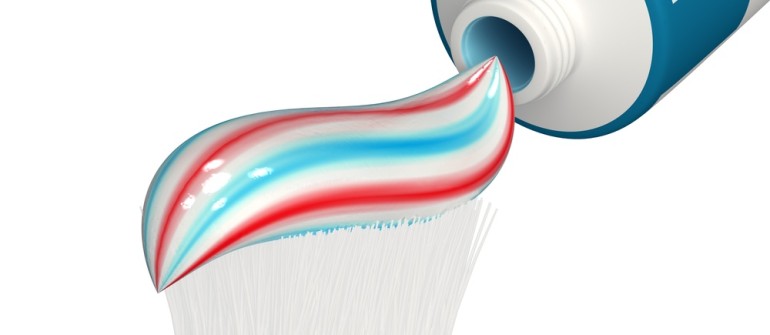Egyptians are believed to have started using a paste to clean their teeth around 5000BC, before toothbrushes were invented. Ancient Greeks and Romans are known to have used toothpastes, and people in China and India first used toothpaste around 500BC.
Ancient toothpastes were used to treat some of the same concerns that we have today – keeping teeth and gums clean, whitening teeth and freshening breath. The ingredients of ancient toothpastes were however very different and varied. Ingredients used included a powder of ox hooves', ashes and burnt eggshells that was combined with pumice. The Greeks and Romans favored more abrasiveness and their toothpaste ingredients included crushed bones and oyster shells. The Romans added more flavoring to help with bad breath, as well as powdered charcoal and bark. The Chinese used a wide variety of substances in toothpastes over time that have included ginseng, herbal mints and salt.
The development of toothpastes in more modern times started in the 1800s. Early versions contained soap and in the 1850s chalk was included. Betel nut was included in toothpaste in England in the 1800s, and in the 1860s a home encyclopedia described a home-made toothpaste that used ground charcoal.
Prior to the 1850s, 'toothpastes' were usually powders. During the 1850s, a new toothpaste in a jar called a Crème Dentifrice was developed and in 1873 Colgate started the mass production of toothpaste in jars. Colgate introduced its toothpaste in a tube similar to modern-day toothpaste tubes in the 1890s.
Until after 1945, toothpastes contained soap. After that time, soap was replaced by other ingredients to make the paste into a smooth paste or emulsion - such as sodium lauryl sulphate, a common ingredient in present-day toothpaste.
In the second half of the twentieth century modern toothpastes were developed to help prevent or treat specific diseases and conditions such as tooth sensitivity. Fluoride toothpastes to help prevent decay were introduced in 1914. Toothpastes with very low abrasiveness were also developed and helped prevent the problems caused by overzealous brushing.
The most recent advances in toothpastes have included the development of whitening toothpastes, and toothpaste containing Triclosan which provides extra protection against caries, gum disease, plaque, calculus and bad breath.
Toothpastes today typically contain fluoride, coloring, flavoring, sweetener, as well as ingredients that make the toothpaste a smooth paste, foam and stay moist. Individual toothpastes also may contain special ingredients, such as triclosan in Colgate Total. Toothpaste in tubes is used throughout the world and has been a very successful invention.
The earliest known reference to toothpaste is in a manuscript from Egypt in the 4th century A.D., which prescribes a mixture of iris flowers. Many early toothpaste formulations were based on urine. However, toothpastes or powders did not come into general use until the 19th century. The Greeks, and then the Romans, improved the recipes for toothpaste by adding abrasives such as crushed bones and oyster shells. In the 9th century, the Persian musician and fashion designer Ziryab is known to have invented a type of toothpaste, which he popularized throughout Islamic Spain. The exact ingredients of this toothpaste are currently unknown, but it was reported to have been both “functional and pleasant to taste”.






